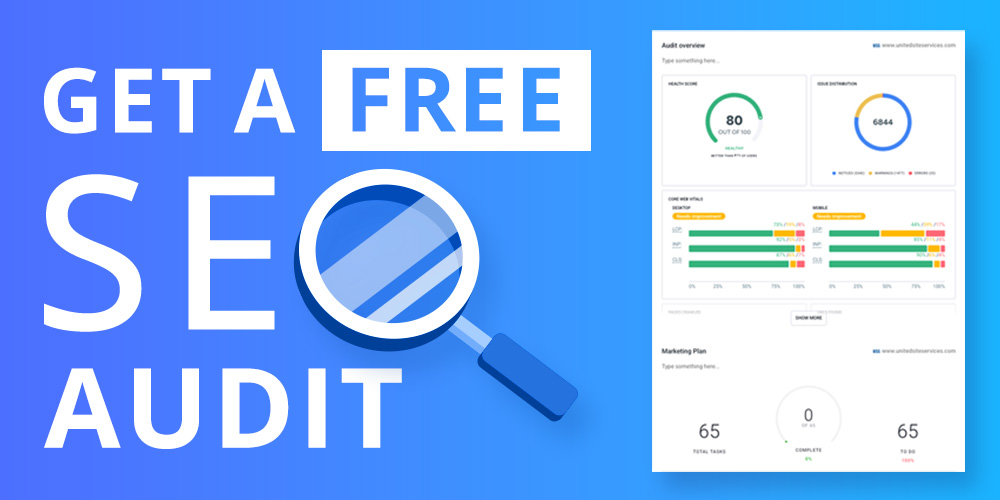


Cette année, une tendance plutôt alarmante s'est manifestée dans le monde du branding : les CPC des marques sont en constante augmentation, malgré l'excellent score de qualité des termes d'une marque. Il est compréhensible que les CPC génériques augmentent, car ils sont courants dans plusieurs secteurs. Les CPC des marques, en revanche, sont généralement stables, car la concurrence pour ces termes est faible, même si cela dépend de la marque.
No one wants their brand CPCs to rise, so it is important that we understand why this has changed. Recent AdWords algorithms changes combined with the paid search space having much higher competition gave the search CPCs a 21% increase in 2017 compared to 2016. It’s important to look closely at the trends across the board alongside the changes that are specifically related to Google to be able to pick apart what it is exactly that is causing the rise in brand CPCs.
Television advertising has always been the place where the most money was spent on advertising. Back in 2017, however, the US spend on digital advertising rose roughly 16%, meaning that the projection for reaching $83m would – for the very first time – surpass what was spent on TV advertising. Almost half of that money would have been spent on Google and Facebook, as there is a fierce competition to dominate when it comes to online advertising. This then means that there is higher CPCs year over year, and the acquisition costs are higher, including brand terms.
Every year, CPCs are rising across all platforms and all devices. Generic CPCs showed a downward trend of 4% in Q3 compared to Q2, and yet the increase for Google year on year was 27%. There are reports from 2017 showing that CPCs increased – by network and device - as follows:
Year on year impression and click declines were 23% and 9%, and the drop in clicks has been a direct result of higher CPCs. The higher the cost, the less traffic is driven.
En 2016, Google a changé la donne en supprimant les annonces sur le rail droit des résultats de recherche payante. Plus l'inventaire publicitaire est réduit, plus la concurrence est forte. La mise à jour de mai 2017 de Google a redonné la priorité aux enchères sur les mots clés, au détriment d'éléments comme le score de qualité. La concurrence sur mobile est à l'origine de la hausse des coûts CPC, mais la principale cause est la mise à jour de mai 2017 mentionnée précédemment. Comment Google pourrait-il autrement être tenu responsable ?
Outre les CPC de marque, il existe d'autres moyens de cibler vos clients. Voici quelques-unes des options les plus courantes :
L'un des plus grands défis des annonceurs est de savoir comment attirer les visiteurs sur leur site web. Créer des listes de remarketing de meilleure qualité et plus complètes ne peut se faire qu'en obtenant ces clics. Générer du trafic doit donc être une priorité. Voici comment créer ces listes pour consolider votre retour sur investissement :
Une fois que vous connaissez l'impact des tendances CPC sur votre stratégie marketing, vous pouvez continuer à développer votre marque et à atteindre vos clients. L'adaptation est essentielle dans ce domaine de votre activité, car tout peut changer en un instant.
At Bright Vessel, we can provide more information about this or any other related-topic that you are interested in. Please Contactez-nous, we are always willing to help you and assess you to fulfill your needs and make your brand shine.

"*" indicates required fields

"*" indicates required fields

"*" indicates required fields
You must be connecté to post a comment.